Glaucoma Awareness Month: Dr. Justin Schweitzer talks patient education, treatment, advancements
January is Glaucoma Awareness Month. Justin Schweitzer, OD, an optometrist at Vance Thompson Vision in Sioux Falls, South Dakota, spoke with Optometry 360 about the exciting treatment options for glaucoma and what’s on the horizon.
Question:
Why do you think it’s important to highlight different conditions and raise awareness?
Justin Schweitzer, OD:
When we’re speaking of the eyes, specifically, of course here we’re talking about glaucoma, whether it be that macular degeneration, cataracts, you just look globally at what affects people in this world. The only way to combat conditions like that is to have awareness around it and have discussions around it, and some of it involves doing things like this, just getting content out there so that patients and doctors can listen to it. Some of it involves community initiatives, some of it involves just education from doctors to patients, which we’re going to get into here in a little bit, but it is so important to continue to raise awareness around all these conditions of the eye and specifically in January, glaucoma.
Question:
What education gaps or needs should be addressed with patients with glaucoma?
Justin Schweitzer, OD:
I think the biggest thing is we know glaucoma is a silent thief of vision. A lot of times patients don’t know they have it, and so taking the time with that initial diagnosis to tell your patients a little bit about the condition, talk to them about how we treat it. We have a ton of good treatment options, and just letting them know that you probably won’t notice anything in your vision initially. I hope that’s the case because if they’re noticing it, that means it’s really, really advanced at that point in time. Taking the time to educate them on the condition, because it’s always interesting to me when you take the time to educate that patient, they go and talk to their family members. They talk to their friends, and so you’re really educating, not just the patient, but you’re educating family, friends, and that word and it goes back to awareness can spread and then those patients and people will go in for eye exams, hopefully, to have things looked over. You’re catching other conditions, not just glaucoma, other eye conditions as well.
Question:
What are some of your recommended treatment options for glaucoma? How do you determine the optimal course of treatment for each individual patient?
Justin Schweitzer, OD:
Yeah, you said it at the end. It is different for each individual patient. There’s different options and different scenarios in what we’re going to do. The level of the glaucoma matters. But I do think there’s been a shift, at least in the last decade or so of how we manage glaucoma patients. A little of that goes around, not that glaucoma drops are bad, but we’re probably less likely to have patients on 3 glaucoma medications anymore. Yes, we may start with a prostaglandin analog, but we now have new data on selective laser trabeculoplasty, the LiGHT study coming out, the CATS study, which was one of the originals, looking at prostaglandins versus SLT. That has really kind of come to the forefront, and we’re utilizing that more as a first-line option. We have direct automated SLT now, which makes it even more efficient. Then the MIGS space, minimally invasive glaucoma procedures have come onto the market in the last 10 years. Safe, efficacious procedures that are reducing a little bit of the medication burden and improving patient’s quality of life, and so I think those are something. Then glaucoma drug delivery, a final piece that’s exciting.
Again, reducing that medication burden and kind of taking adherence and compliance out of the equation for these patients and still allowing good efficacy, good IOP lowering, and so it’s really an exciting time really when we think about glaucoma treatment options for our patients and there is a lot more to come into the future as well.
Question:
What are some recent advancements and/or things on the horizon that are important to highlight, specific to glaucoma?
Justin Schweitzer, OD:
I talked a little bit about one of them being drug delivery. I think glaucoma drug delivery will continue to evolve. There’s going to be a lot more options, whether it be contact lens-based types of drug delivery, whether it be intercanalicular insert types of drug delivery. We already have injectable types. I think those are great because they’re not only safe, but they’re typically very quick. They’re done in the exam room. Patients don’t have to go to the surgery center or an ASC OR to have them done. To me, drug delivery is an exciting piece of things. I think just looking at some of the future MIGS procedures that are being looked at right now, laser-based types of MIGS procedures that can create goniotomies or precise treatments inside the angle, femtosecond MIGS procedures that are being looked at. Even taking these types of MIGS procedures, instead of leaving devices inside the eye, moving more toward what can we use with laser technologies that we’ve had in the past. It’s not going to stop. We’re going to continue to see evolution in these different treatment options. Again, it’s an exciting time in the treatment of glaucoma right now.

Contact Info
Grandin Library Building
Six Leigh Street
Clinton, New Jersey 08809


